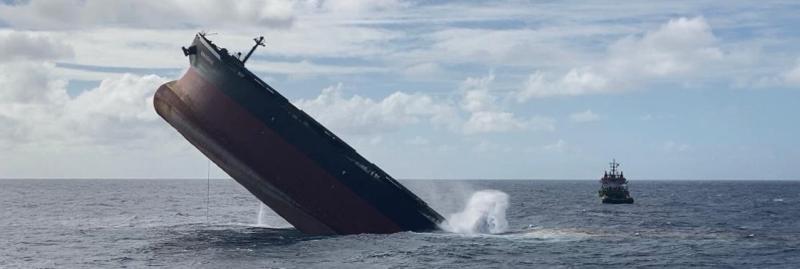 Last February we posted “The Doomsday Glacier — the Thwaites Glacier Melting From Below,” about the flow of warmer water that is melting the massive West Antarctic glacier from below. Thwaites is referred to as the “Doomsday Glacier” because it’s collapse could eventually lead to the collapse of the entire West Antarctic ice sheet, which contains enough ice to raise the sea level by about 10 feet. Currently, sea levels are rising about 3.5 millimeters a year, and Thwaites alone contributes about 4% or 5% of the total.
Last February we posted “The Doomsday Glacier — the Thwaites Glacier Melting From Below,” about the flow of warmer water that is melting the massive West Antarctic glacier from below. Thwaites is referred to as the “Doomsday Glacier” because it’s collapse could eventually lead to the collapse of the entire West Antarctic ice sheet, which contains enough ice to raise the sea level by about 10 feet. Currently, sea levels are rising about 3.5 millimeters a year, and Thwaites alone contributes about 4% or 5% of the total.
The Washington Post reports that a study of the Thwaites and the adjacent Pine Island glacier, published Monday in the Proceedings of the National Academy of Sciences, shows that a naturally occurring buffer system that prevents the glaciers from flowing outward rapidly is breaking down, potentially unleashing far more ice into the sea in coming years. In other words, the collapse of the Doomsday Glacier is accelerating. The collapse may take centuries but could be unstoppable.

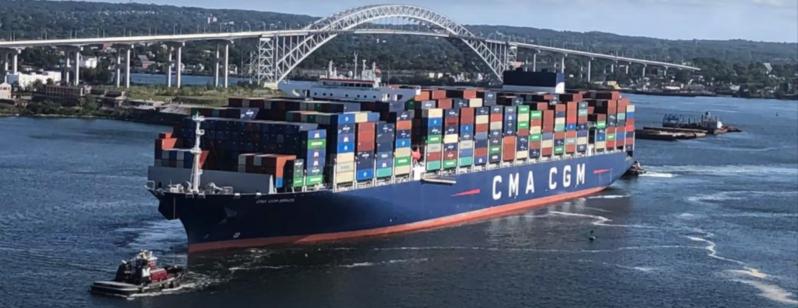 Over the weekend, the container ship, CMA CGM Brazil, docked at the marine terminal in Port Elizabeth, NJ, part of the Port of New York and New Jersey on Newark Bay. At 15,148 TEU, it is said to be the largest container ship ever to call on any port on the U.S. East Coast. To make this possible, the Port Authority invested $1.6 billion dollars to dredge the channel and
Over the weekend, the container ship, CMA CGM Brazil, docked at the marine terminal in Port Elizabeth, NJ, part of the Port of New York and New Jersey on Newark Bay. At 15,148 TEU, it is said to be the largest container ship ever to call on any port on the U.S. East Coast. To make this possible, the Port Authority invested $1.6 billion dollars to dredge the channel and 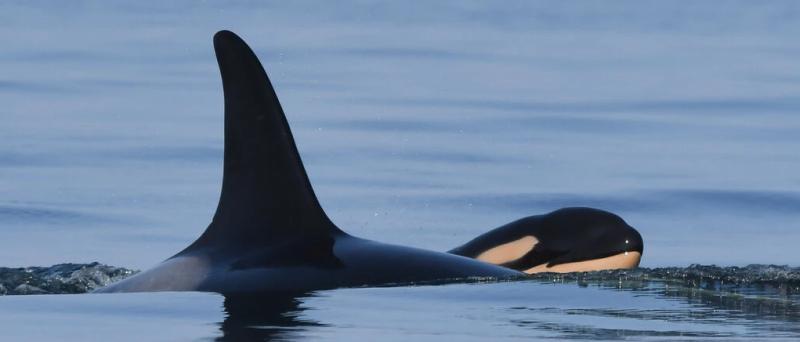
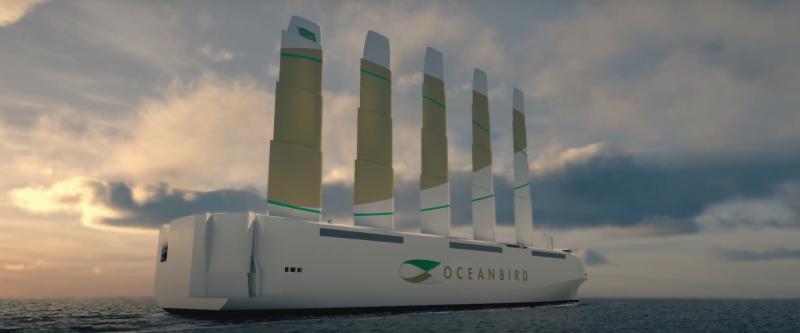 A Swedish consortium that includes
A Swedish consortium that includes  The events of 9/11 are still more clear in my memory than I would like. The dry, clear morning. The call from my wife from the mezzanine of the World Trade Center after the first plane hit the North Tower. The orange blossom of flame when I saw the second plane hit the South Tower. The maelstrom of dust, smoke, and fire after the towers collapsed.
The events of 9/11 are still more clear in my memory than I would like. The dry, clear morning. The call from my wife from the mezzanine of the World Trade Center after the first plane hit the North Tower. The orange blossom of flame when I saw the second plane hit the South Tower. The maelstrom of dust, smoke, and fire after the towers collapsed.
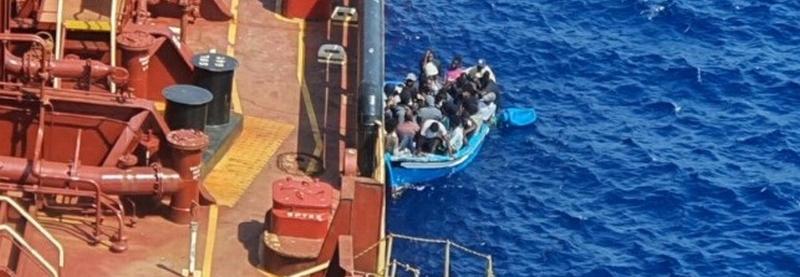
 The QAnon conspiracy nuts seem to be growing in number, so it seems to be a good time to look at an older conspiracy picked up by the current QAnon crowd. The conspiracy theory claims that
The QAnon conspiracy nuts seem to be growing in number, so it seems to be a good time to look at an older conspiracy picked up by the current QAnon crowd. The conspiracy theory claims that 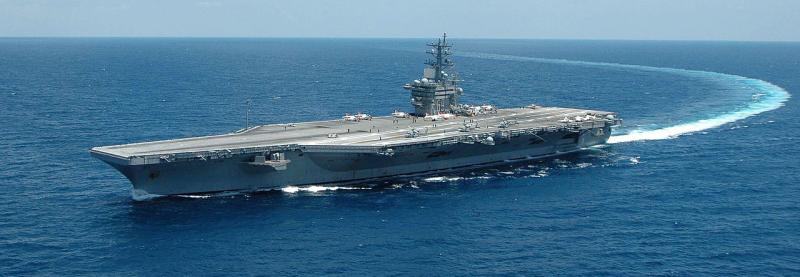 Due to Covid-19, the Navy’s Captain Mike Desmond has inadvertently set an, as of yet, unofficial
Due to Covid-19, the Navy’s Captain Mike Desmond has inadvertently set an, as of yet, unofficial 
 We have
We have  The Japanese Coast Guard reported receiving a
The Japanese Coast Guard reported receiving a 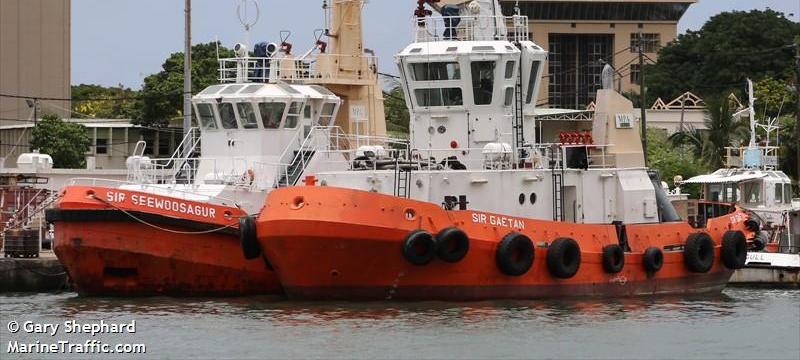 The ongoing cleanup following the fuel oil spill from the grounded bulk carrier Wakashio off Mauritius turned deadly when a
The ongoing cleanup following the fuel oil spill from the grounded bulk carrier Wakashio off Mauritius turned deadly when a 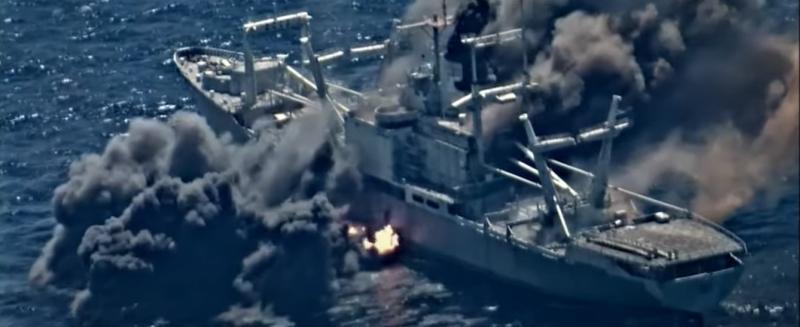 SINKEX sounds to me like a drain cleaner and RIMPAC could be something for a spare tire. In fact,
SINKEX sounds to me like a drain cleaner and RIMPAC could be something for a spare tire. In fact, 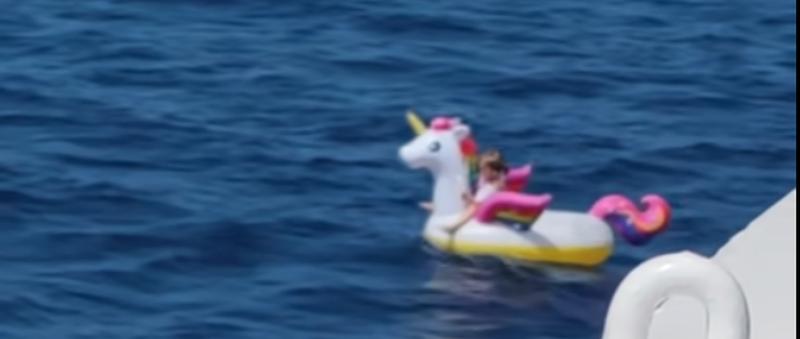 This seems like a suitable post for an overcast Monday morning. In the town of Antirrio in southern Greece, a three-year-old girl climbed aboard a unicorn at the beach. The unicorn’s wings caught the wind and soon the little girl and the unicorn were swept out to sea, where they were rescued by a fairy. No, that last bit isn’t right. The girl and her unicorn were rescued by a ferry, or more specifically, a quick-thinking ferry captain.
This seems like a suitable post for an overcast Monday morning. In the town of Antirrio in southern Greece, a three-year-old girl climbed aboard a unicorn at the beach. The unicorn’s wings caught the wind and soon the little girl and the unicorn were swept out to sea, where they were rescued by a fairy. No, that last bit isn’t right. The girl and her unicorn were rescued by a ferry, or more specifically, a quick-thinking ferry captain. 
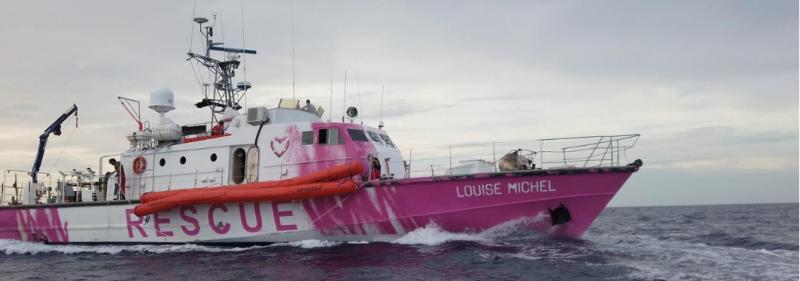 The two items in the news appeared within hours of each other. The first, dated August 28, 17:09, was headlined, “
The two items in the news appeared within hours of each other. The first, dated August 28, 17:09, was headlined, “